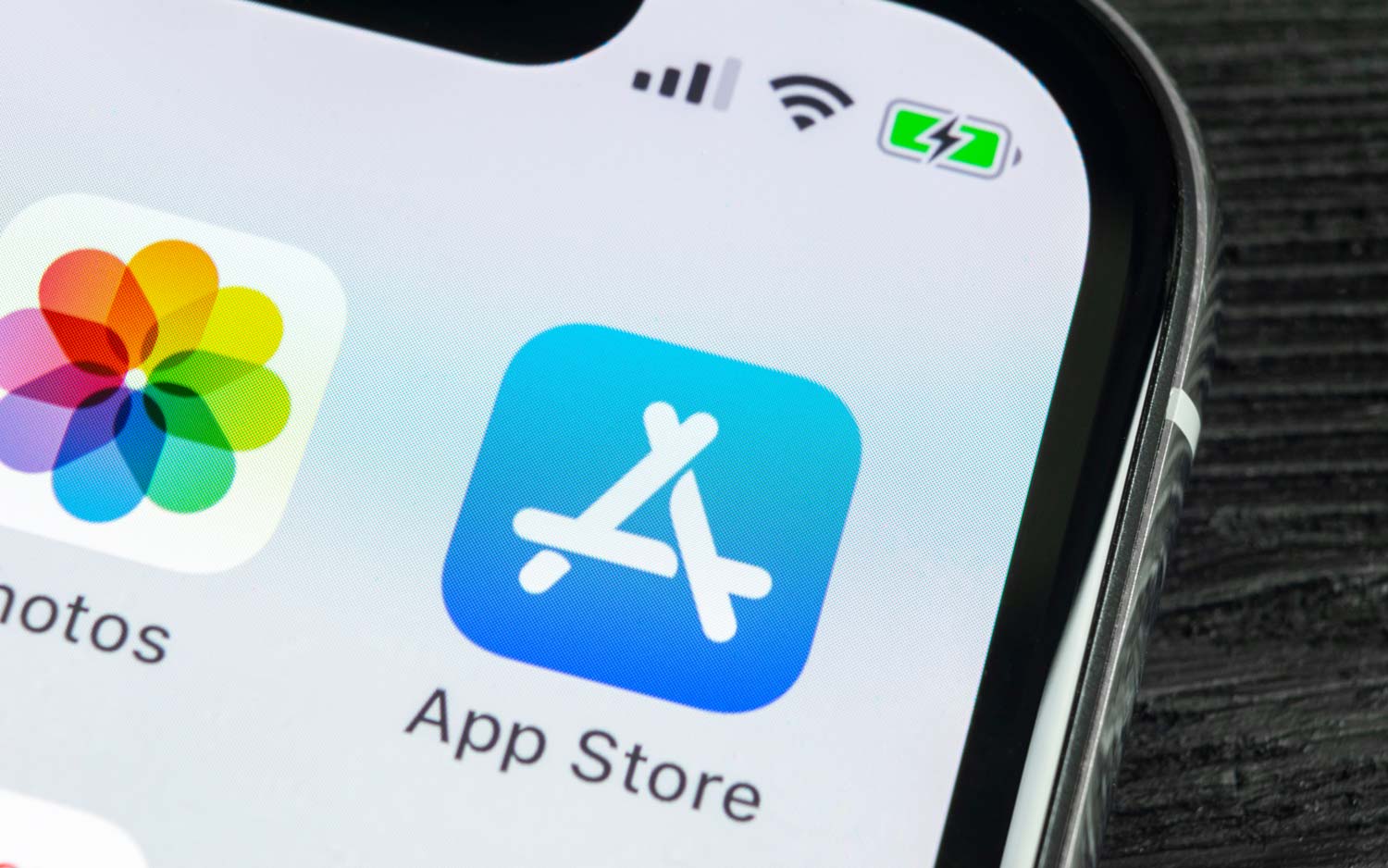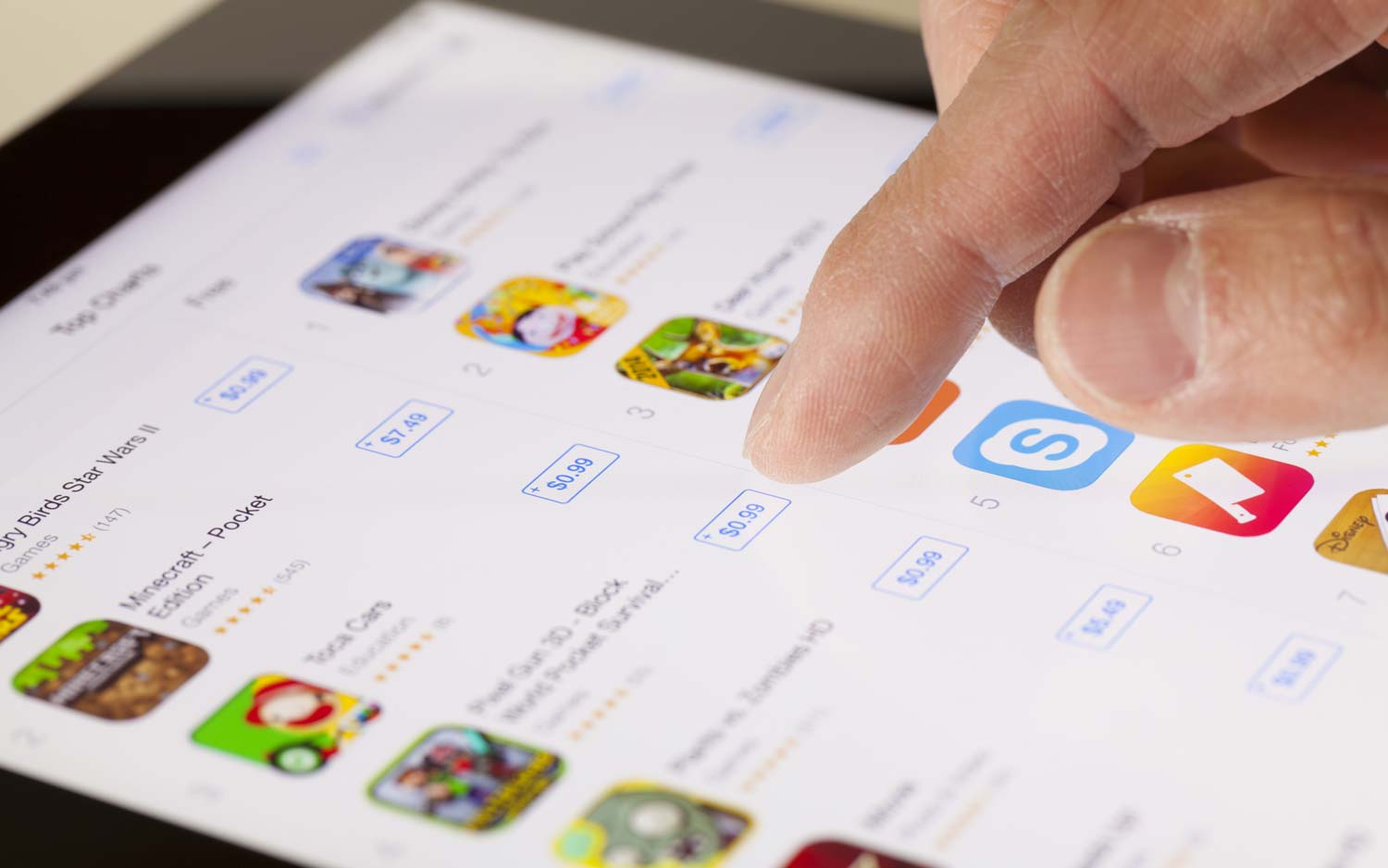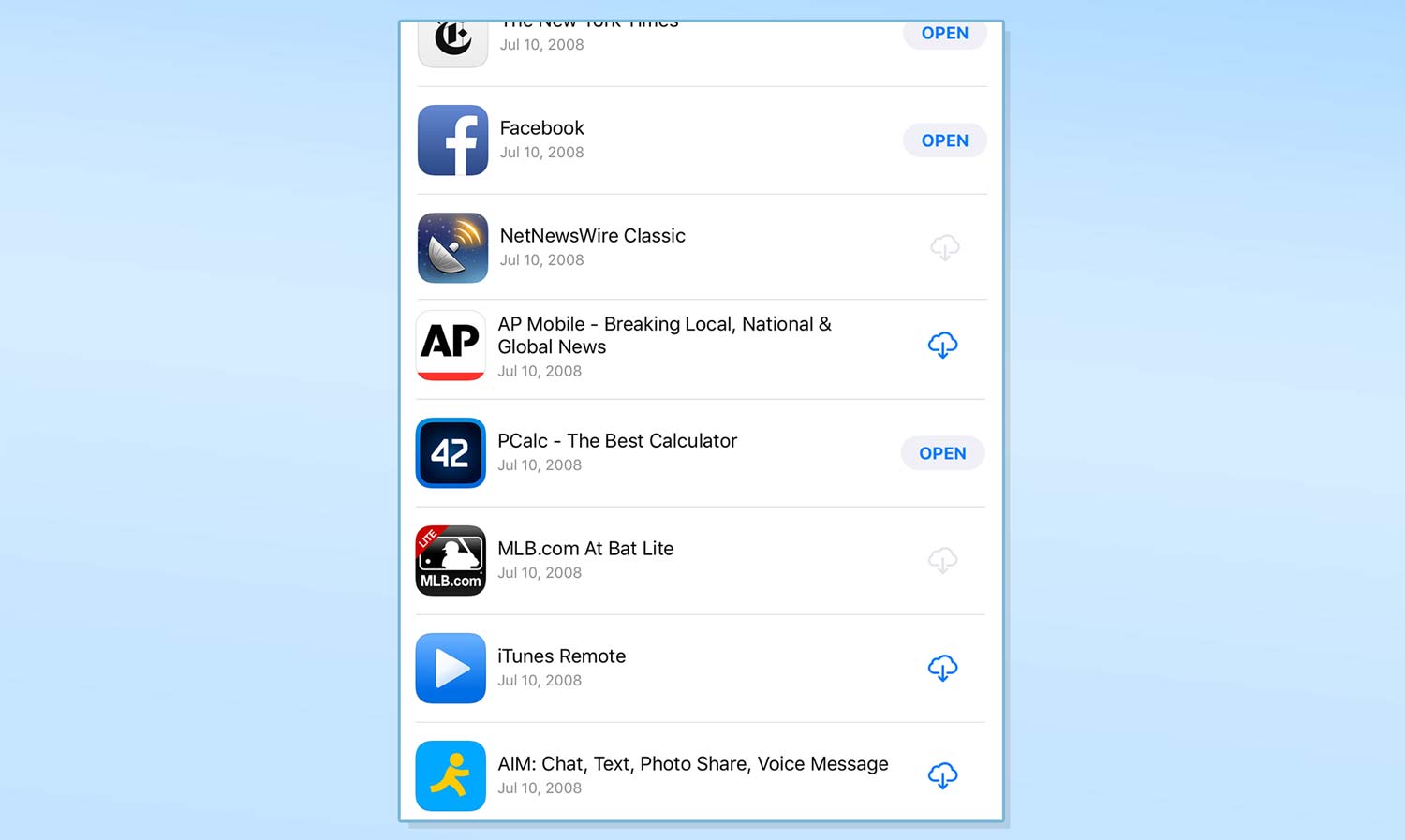App Store at 10: How Apple Accidentally Changed Everything
Ten years after Apple launched its App Store for the iPhone, we're still feeling the impact of mobile apps. Here's a look back at how the App Store came to be and why it took off.
Life comes at you fast. It seems like smartphone apps bought with a few taps from a centralized app store have been a part of our lives forever, but the entire app era has only spanned a single decade, dating from the opening of the iPhone App Store in July 2008.

It's an anniversary worth celebrating, not only because of the self-evident truth that apps are awesome, but because 10 years ago, the world we live in today was anything but a sure thing.
Good luck is the residue of design
Apple deserves massive credit for coming up with the App Store, which proved to be popular far beyond even Apple's own expectations for it. But it's worth noting that there was a lot of luck involved, too.
In the decade after he returned to Apple in 1997, Steve Jobs rebuilt the company's corporate culture in his own image. It will not come as a surprise to anyone who saw Jobs in action that he was a bit of a control freak — with good reason. Nobody would accuse Apple of being a company that embraces openness, but its go-it-alone attitude and desire to control as many aspects of its product design as possible have allowed it to continue to sell differentiated products with large margins at a time when the rest of its competitors are selling the same devices with the same chips running the same operating system.

Jobs was also a huge believer in simplifying technology through good design, so that the potential markets for his devices would be much larger than just a core, tech-focused group. (The original Mac's graphical interface, mouse and slogan as "a computer for the rest of us" is perhaps the best single example of this philosophy.)
MORE: Best iOS Apps You Won’t Find on Android
Get instant access to breaking news, the hottest reviews, great deals and helpful tips.
Put those two things together and what do you get? An approach that gave Apple control over who could write software for its precious new platform, the iPhone — in the form of a curated App Store — while it simultaneously made it easier than ever for regular people to find, buy and download software.
But Apple got a little bit lucky, too. When the iPod became a big hit, Apple spent a few years building an entire machine for selling music downloads: the iTunes Store. There was a back-end infrastructure for record companies to upload their files, an e-commerce piece that charged users for their purchases and of course, a front end that made it easy for people to buy songs and albums with just one click.
Basing the App Store on iTunes made downloading software as easy as buying 99-cent singles, and it changed the world forever.
When it came time to sell software, Apple didn't need to reinvent the wheel — it just repurposed iTunes and turned it into the App Store. This decision probably distorted the app market in a bunch of ways that we're still dealing with today: When apps are basically songs and songs are 99 cents, you end up with a hit-driven marketplace that can't bear high prices. But while app developers might lament the long-term business outcome of the choice to base the App Store on iTunes, there's no denying the effect it had. It made downloading software as easy as buying 99-cent singles, and it changed the world forever.
Early days
Believe it or not, if you go to the App Store apps Purchased list and scroll all the way to the bottom, you'll see the first apps you downloaded from the store. Here's my list, which is not actually as uncommon as you might think: Facebook, NetNewsWire (an RSS reader), the Associated Press' mobile news app, PCalc, MLB At Bat, iTunes Remote and AIM.

From that, you can clearly see what my hopes were for the App Store: I wanted to be able to read news (and RSS feeds), get information about my favorite sport, remotely control the music playing on my Mac and communicate with other people. Games aside, that's basically what I use my iPhone for today.
Unfortunately, the road was a little bumpy. Back in those days, apps couldn't run in the background, and there were no such things as push notifications. So I couldn't get a breaking-news headline alert from The Associated Press, or a score alert from MLB or hold an AIM chat session without remaining in the AIM app and not switching away to another app. The App Store may be 10 years old, but it took a few more years for apps to acquire all of the niceties we now expect from them.
What might have been
Speaking of AIM, allow me to take a second to remark on just how badly AOL squandered its opportunity to become the definitive communication method on smartphones. AIM was on the first page of App Store downloads of most of the people who shared their first purchases with me on Twitter this week.
In 2008, AIM was the leader when it came to chatting with your friends. If AOL had leaned into the growth of mobile platforms, there might not be a WhatsApp or WeChat. Facebook bought WhatsApp for $19 billion, less than six years after the launch of the App Store. Meanwhile, AIM was shut down earlier this year.
MORE: Best Music Apps for Rocking Out
That's only one example — there are countless others — of leaders in the desktop era who just failed to embrace the coming wave of mobile apps and were wiped out by services that embraced the smartphone era.
In just 10 years, we've come so far. I'd like to predict that this past decade will be known as the years containing the single largest explosion of technology that changed the global culture in our lifetimes. But you know what? Life comes at you fast. Let's see what the world's like in 2028. There might be another tech revolution right around the corner — but the App Store era has set a high bar for any future revolution to surpass.
Credit: Shutterstock
Jason Snell was lead editor of Macworld for more than a decade and still contributes a weekly column there. He's currently running the Six Colors blog, which covers all of Apple's doings, and he's the creative force behind The Incomparable, a weekly pop culture podcast and network of related shows.
